SHRUBS > CORDYLINE > CONTAINERS
Reviewed By PETER LICKORISH

Peter is a Horticulture Lecturer and self-employed Horticulturist, with a passion for diverse areas of the industry - from garden design to the science behind plant growth and propagation. He has completed the Royal Horticultural Society’s Master of Horticulture (MHort) Award and lectures on RHS courses at Bedford College.
IN THIS GUIDE
CORDYLINE GUIDES
Container Growing
Leaves Changing Colour
Overwintering
Propagation
Pruning
Revival
Varieties
Cordyline varieties come in a staggering array of sizes making them suitable for a range of locations in your garden or home.
The smaller cordylines, hailing from the South Pacific, are dainty, decorative houseplants flaunting colourful and variegated leaves, whilst their bigger cousins are New Zealand natives.1Clarke, J. (n.d.). General Information about Cordylines. The International Cordyline Society. Retrieved March 14, 2023, from https://www.cordyline.org/index.php?option=com_content&task=view&id=15&Itemid=28
What they have in common is sword-like foliage and cool-toned or blazing shades of colour.
This interesting foliage is enjoyable year-round, as both major kinds of cordylines are evergreens.
Can You Grow Cordyline In Pots?
It entirely depends on the variety of cordyline.
For example, though C. australis and nearly all its cultivars can certainly be started in a pot, sooner or later these trees should be transplanted into open ground.
On the other hand, C. fruticosa and its cultivars are ideally suited for growing in pots, including indoors, and make fantastic plants for your home displays.

There are, however, a few cordyline varieties that are small trees, right at the junction of container plants and open-ground trees.
C. australis ‘Torbay Dazzler’ and C. ‘Pink Stripe’ are prime examples.
If there can be such a thing as an architectural potted plant, then this type of Cordyline in a large container fits the bill to perfection.
This guide covers cordylines that are typically grown in containers, mainly focusing on C. fruticosa varieties.
Containers For Cabbage Palms
The most important thing when it comes to choosing a container is that it should have drainage holes, as Peter Lickorish, Master Horticulturist, shares:
“Drainage is the key in containers, especially for plants like Cordyline, which can rot if not drained sufficiently.
“Ensure water can actually get out of the holes on a flat surface, which is only possible if the bottom of the pot is contoured.
“Otherwise, it can be placed on pot feet.
“Terracotta pots may just have one drainage hole which, if clogged, will not function.

“Place a curved object, such as a broken roof tile or curved crock, over the hole, with the concave side down.
“This lets water get to the hole from either side and reduces the chance of blockages.”
The container also doesn’t have to be too big compared to the size of the plant because potted cordylines grow fairly slowly and will do well even in pots that appear to be a size too small.
As a rule, the height of the container should be about half the above-soil height of the plant (or spread in case of a variety with a radial or radiating form).
Though I’d recommend clay and terra-cotta pots as a rule, as long as other factors are favourable, cordyline should not suffer in a pot made of synthetic material if one is chosen for aesthetic reasons.
Choosing Compost
Moderately fertile and moist but well-drained sums up the kind of soil best suited to cordylines.
They also prefer a slightly acidic to neutral pH.
You can choose a commercial organic potting compost or prepare your own soil.
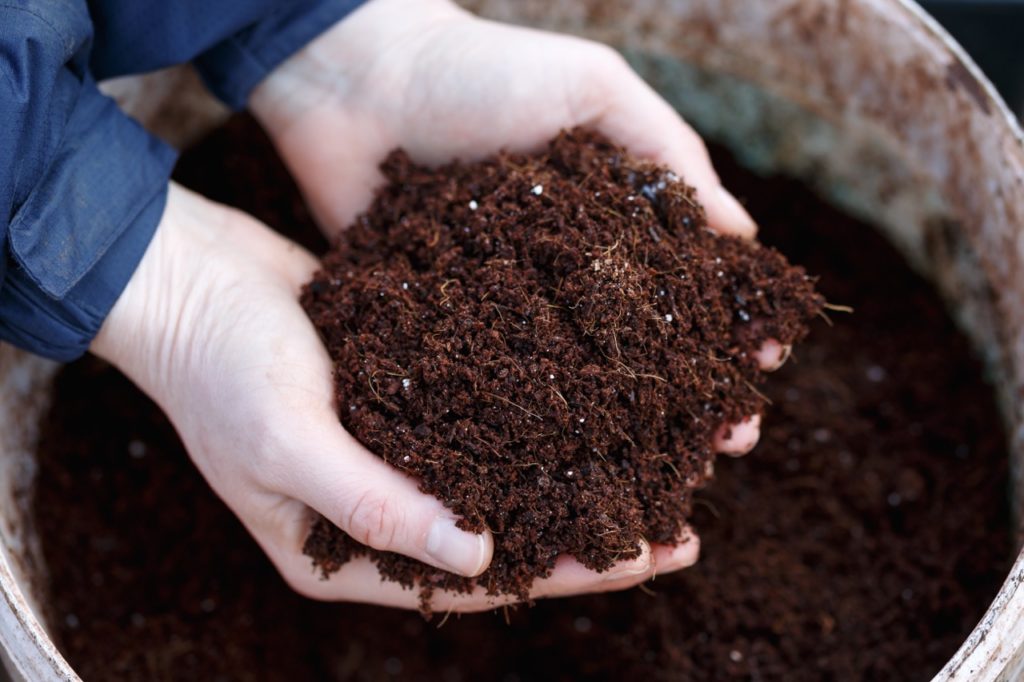
If you opt for the latter, use a loam-based mix and amend with a generous quantity of well-rotted manure, organic compost or both.
Either way, the soil should be amended with grit or perlite to facilitate drainage.
Sowing & Growing
Depending on the variety, cordylines can be propagated from seeds, cuttings or suckers.
However, C. fruticosa and its varieties are fairly easy to propagate from cuttings.
This can be done very successfully during late spring to mid-summer.
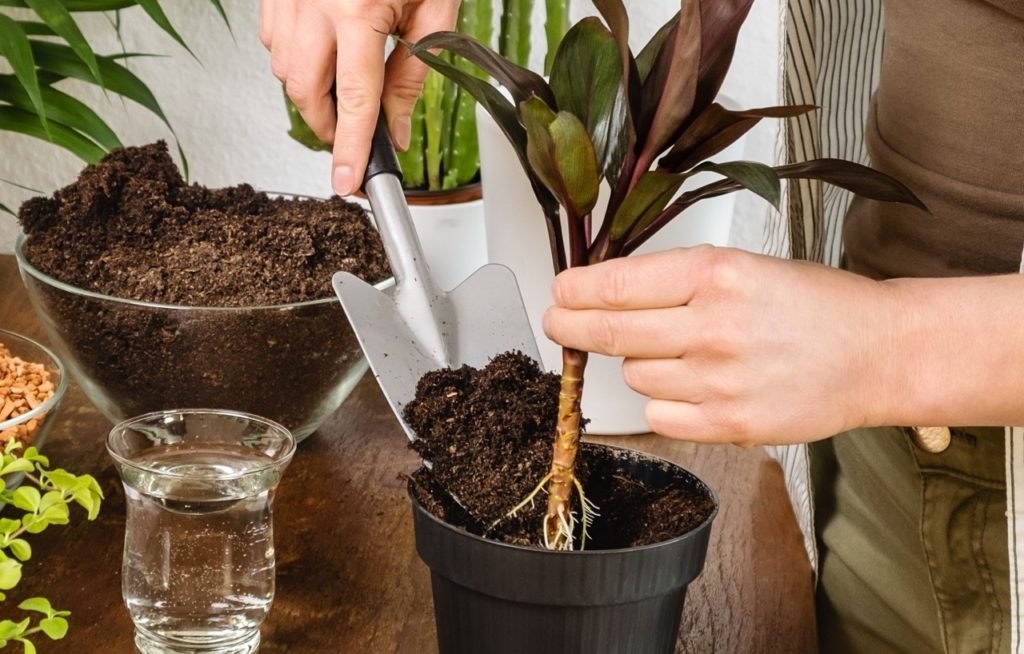
They are also very widely available as potted plants.
The container can be kept outdoors or indoors in warm weather, but C. fruticosa varieties are tender, so they must be brought indoors for winter.
Potting Up & Transplanting
Cordylines do not have to be potted up at all frequently.
For one thing, they are slow-growing plants and in containers, especially when kept indoors, they grow even more slowly.
Pot on when the size of the plant is clearly too big for the size of the pot, or when the roots are visible in the drainage holes, every 2-3 years.
If transplanting cordyline, be sure that the particular variety is sufficiently hardy for your hardiness region.
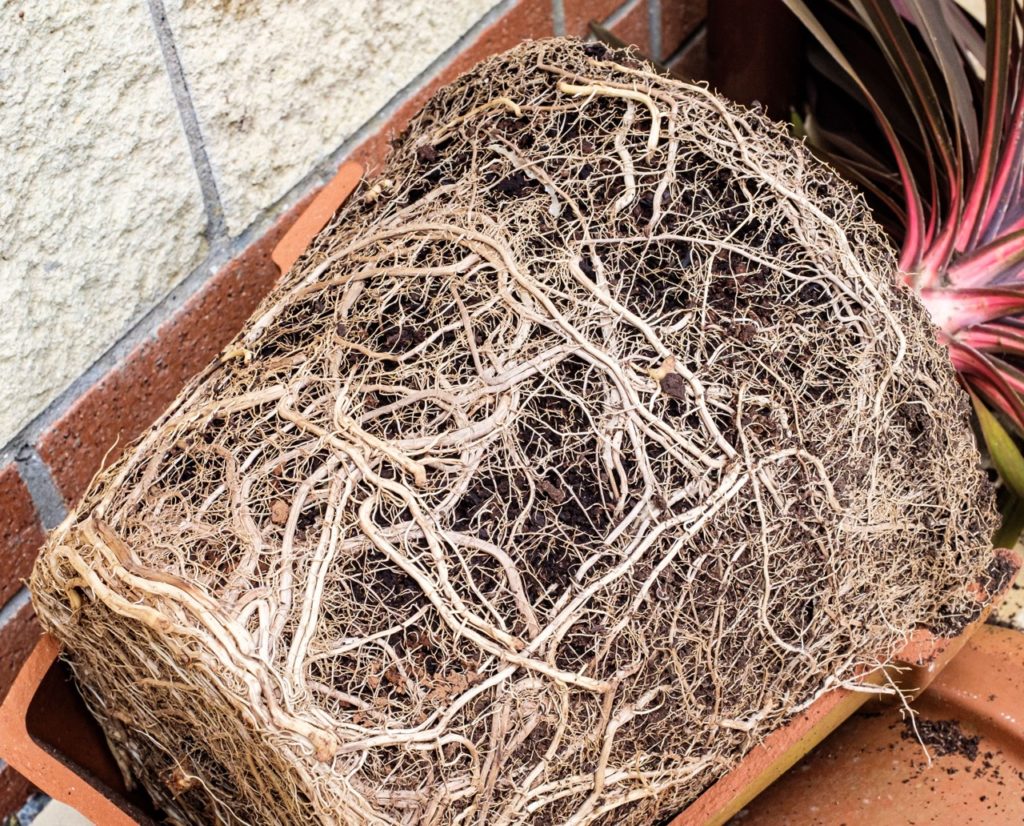
Late spring is the best time to transplant cordylines.
In the UK, cordylines should be sited in a sheltered position.
Depending on your location, the best spot may be full sun or partial shade, though either of the two should work well.
How Many Can You Plant Per Pot?
There is nothing that says you may not have 3 cordylines in a wide enough planter, however, aesthetics come into play here.
Just about every cordyline is, to a greater or lesser extent, an accent plant, so I’d suggest that you plant one per pot.
Potted Cabbage Palm Care
Cordylines do not need much in the way of care and you should simply make sure that they are planted in the right conditions.
The amount of water a container cordyline needs depends on its maturity, whether it is outdoors or indoors, and the climate at the time.
Younger plants need frequent watering whereas mature plants, even in containers, don’t need to be watered as often.
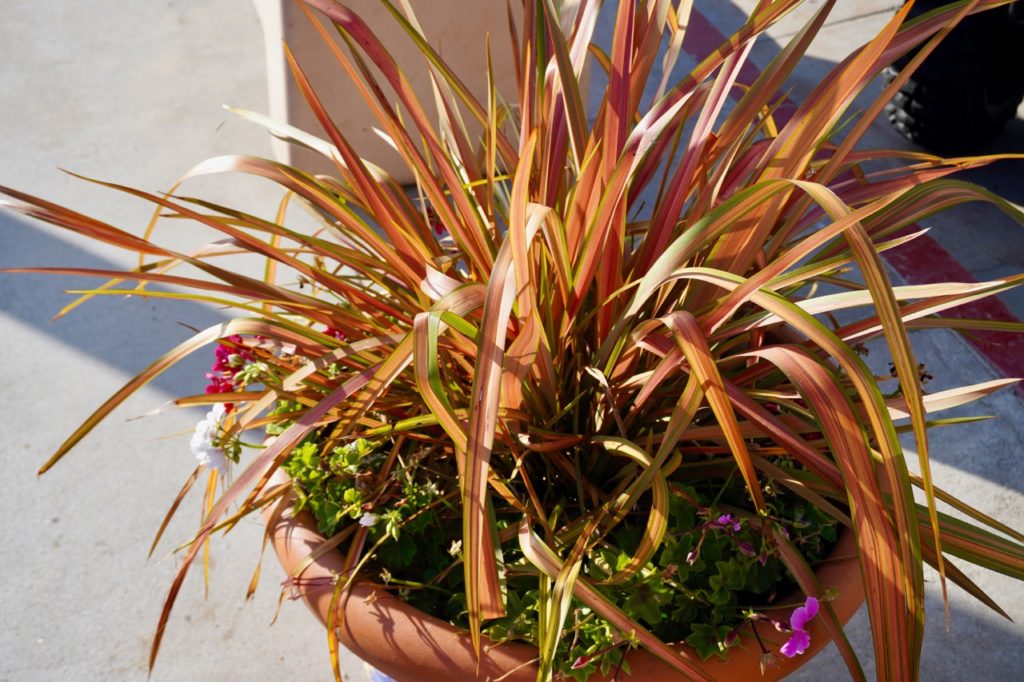
Outdoor potted cordylines should be watered more frequently than indoor ones.
They should be watered fairly regularly in summer and less frequently in winter.
From mid-spring to mid-autumn, simply check the soil down to only about 1cm.
If it is dry, water the plant so that the soil is made damp through to the base and do not water again until the subsoil has become dry.
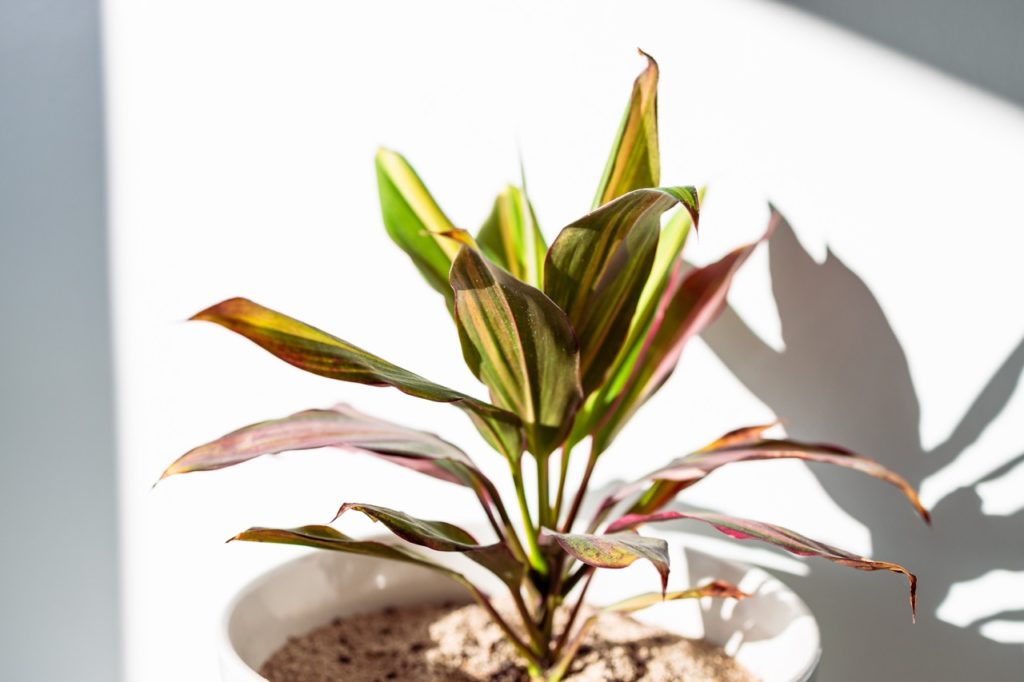
Container-bound cordylines should be fed with a balanced liquid fertiliser.
Once a month excluding winter is a good plan.
We recommend that you dilute the liquid fertiliser to 60-70% and that you pour it away from the centre of the plant when feeding.
References
- 1Clarke, J. (n.d.). General Information about Cordylines. The International Cordyline Society. Retrieved March 14, 2023, from https://www.cordyline.org/index.php?option=com_content&task=view&id=15&Itemid=28


